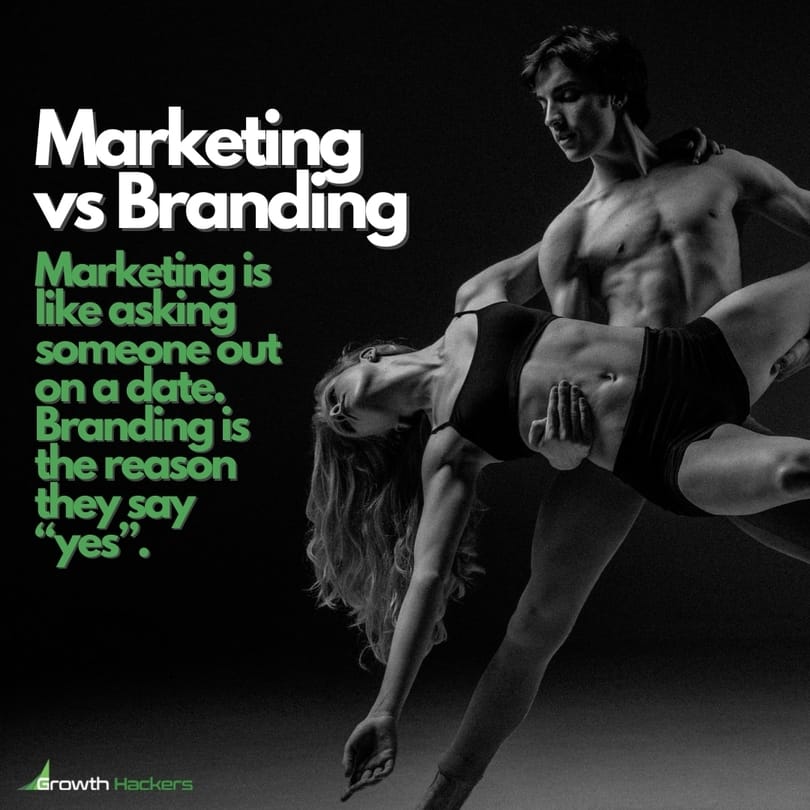In this day and age, businesses should invest heavily in building your brand identity. Considering the rate in which new businesses are established, success is gauged by how well your brand resonates with your audience. Indeed, building great brands takes more than just emphasizing name recall. In today's business landscape, it's important that you give your brand a voice and an authentic identity. But how exactly can you make that happen when everyone else is doing the same thing? If you want to build a brand your audience can readily connect with, you should start with a few important strategies:
Brainstorm for a rock-solid brand
A successful brand starts with a clear-cut plan detailing what exactly it is you want to accomplish. Indeed, when building your brand, you should spend an extensive amount of time researching and coming up with solid ideas.

For this, it's important that you spend a great deal of time brainstorming with your team based on whatever facts you have on hand and research you are able to conduct or utilize. Your huddles should revolve around these key questions:
1. Why does your brand exist in the first place?
Every business has a reason for being. Whether it's selling the latest gadgets or giving freelancers a conducive workspace, your business has to have a goal and to provide something valuable that makes an impact. Once you are able to sit down and decide on what you are as a business, you can then create a consistent message.2. What problems do you want to solve?
Indeed, life is not without problems requiring the services of experts or the products of innovators. People are constantly struggling with issues that are either too mundane or too complex. Either way, they need you to provide a solution, so your message should focus more on that aspect.3. What makes you different?
Perhaps the most important part of building your brand is creating a distinct identity. Let's face it, everyone in your market is selling the same things. But if you want to get a big juicy slice of it, you need to focus on what makes your brand special. Much of the time you spend on brand-building will involve giving your business a personality, which is something you can do effectively with the tips below. There are a lot more questions you need to address if you're in the process of creating a brand, but these are the basic questions you should begin with. Once you are able to sit down with your team and figure out what your businessPerform competitor analysis

As you move toward creating a branding strategy, you must first figure out what other businesses are already doing in your market. Imitation is a form of flattery, but when it comes to giving your brand an edge over everyone else, you need to look at what your competitors are doing and see if you can do it better. Modern businesses run on intelligence and it's important that you have a wealth of information that can help you shape your strategy. This is certainly where effective competitor analysis comes in. And don't worry, you don't need to conduct corporate espionage just to figure out your opponents. The information you need is out in the open so you just have to follow the right steps.
Focus on the offers:
What products or services does your competitor highlight? Every business has a flagship offer that you can use to your advantage. For instance, if your competitor is selling affordable cleaning services, you can offer the same thing but stand out by being eco-friendly. As you can see, it helps to build on what your competitor doesn't offer. In other words, brand-building involves a great deal of filling those gaps in the market.Look at their messages:
For this, you can visit your competitor's website and social media accounts. Look at their posts closely. What is the tone they use? What visual elements do they include? Assuming you are someone who is looking for a specific service, does the messaging resonate with you? Looking at the content your competitor publishes will give you an idea on how you can make your blog posts and other marketing materials all the more compelling.Determine how they engage their audience:
When building an effective brand, you must consider how your competitors are able to reach out to their audiences. Oftentimes, it’s how you deal with your base that matters. Engaging people who comment on your blogs or social media posts can go a long way. So, take a look at how your competitors provide answers to queries and comments.Learn about your strengths, weaknesses, and opportunities:
Once you have gathered everything you need to know about your competitors, it’s only a matter of synthesizing this information and drawing out conclusions that can help shape your strategy. In this case, you may need to make comparisons. What are the advantages that your business has? What does it lack that your competitors have? What are the areas you can work on to achieve greater engagement? Write them down and decide on the things you need to add, discard, or improve to give your brand an advantage.
Know your audience -- deeply
Knowing your audience, your buyer personas and ideal users/clients is key if you want to establish a strong brand identity for long-term success. Coming up with a brand that gets attention involves knowing where and how to reach out to your audience. This is the time when you have to draft out an effective marketing plan, one that lets you maximize your resources and ensures that your message gets across to your target audience. Of course, you will have to profile your ideal clients first. It's as basic as basic gets. You just have to focus on those segments that have a high interest in purchasing your products or services. But seeing that other businesses are also doing the same thing, how can you make sure that your brand gets the attention it deserves?

Indeed, it’s not just a question of knowing who your ideal customers are. It’s also a question of what insights you need to gather in order to engage them at a deeper level. In this day and age when people are more attentive to content that engages specific needs, you might want to look at hyper-targeted marketing. To put it simply, hyper-targeting is a collection of approaches that allow you to narrow down your messaging to cater to sub-segments. While you can always consider marketing, say, to “millennials who are looking for affordable rental housing”, it does not give you the space to create effective value propositions. Moreover, focusing on this general audience alone can lead you to spending a bulk of your marketing budget on leads who are least likely to purchase your products or services. That said, you should zoom in and find sub-segments you can create offers for. Why focus on affordable rental housing when you can narrow down your profile to encompass those who live in specific communities and those who are gunning for a career in freelance. Considering these factors, your branding strategy should resonate with “newly graduated freelance writers who are looking for affordable rental housing in Boston”. Doing this will help you build a following for your brand. With hyper-targeting, you can come up with a campaign that’s sure to win over the right people.
Build your engagement strategy
Once you have laid down the foundation of your brand, you should be able to draft out a marketing strategy that works in the long run. This involves knowing which platforms to use that can help communicate your brand’s identity and value propositions. Here are what works in today’s business landscape:





